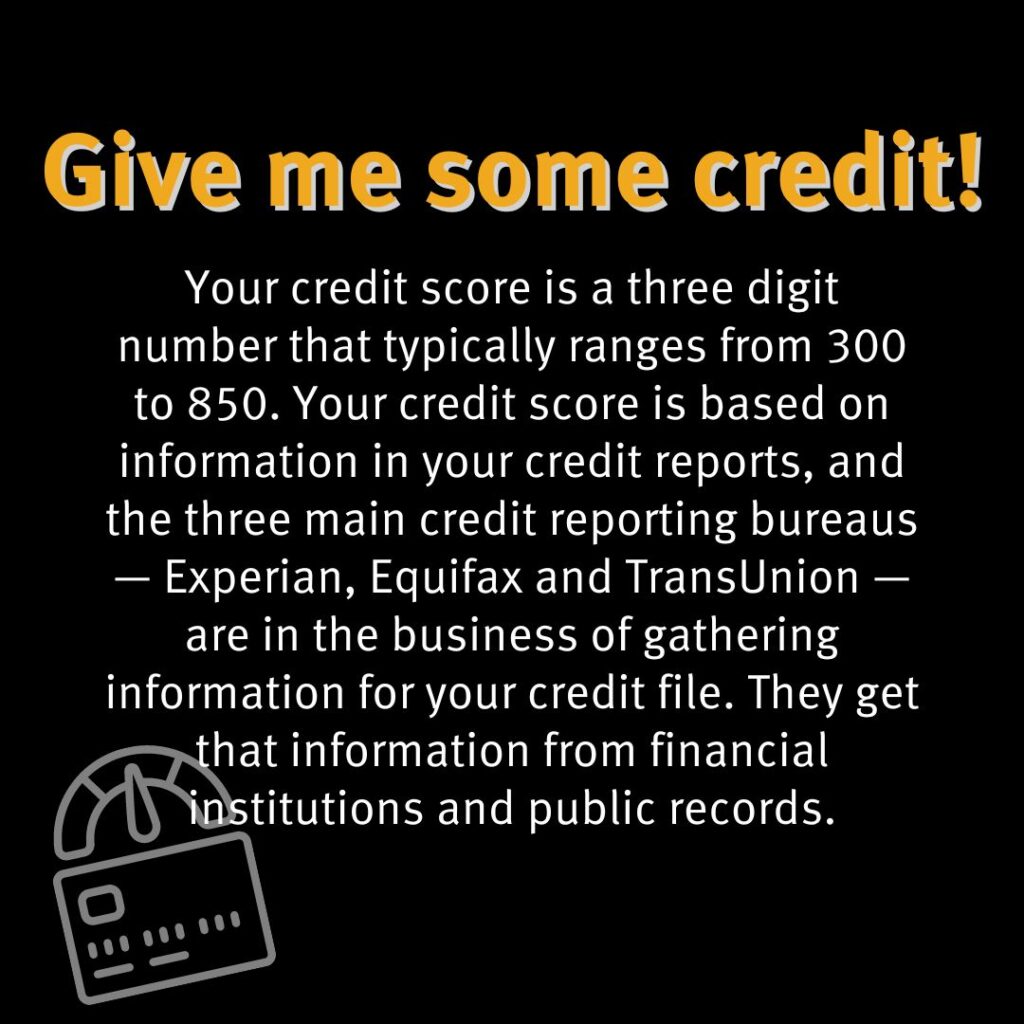How to unfreeze your credit (and what to know before you do)
Updated Oct. 1, 2025, at 11:05 a.m. CT
By Jamin Foust | Assistant vice president, consumer lending
A few years ago, my personal information was exposed to hackers in an Equifax data breach. Maybe yours was too. That breach impacted some 148 million people—names, Social Security numbers, birth dates, addresses and even driver’s license and credit card details were stolen.
Back then, I wanted to do everything I could to protect my identity. And I took two big proactive steps right away:
- I contacted my credit card companies and requested my cards be shut down and new ones be issued.
- I froze my credit with all three credit bureaus—Equifax, Experian and TransUnion—to prevent identity thieves from opening any new credit with my information.
Freezing my credit gave me peace of mind. But at some point, you’ll probably need to “thaw” or unfreeze your credit. Whether it’s applying for a loan, getting insurance, signing up for a cell phone plan or even applying for a new job, sooner or later you’ll need to temporarily lift or permanently remove that freeze.
Here’s what I’ve learned about how to unfreeze your credit, and what to expect when you do.
What a credit freeze really does
When you freeze your credit, you’re basically locking your credit reports so lenders, landlords or even potential employers can’t access them. You must do so separately with each of the three major credit bureaus. You’ll need to provide your:
- Name
- Address
- Birth date
- Social Security number
Each bureau will ask you to answer several questions to validate your identity, and you’ll receive a unique PIN code that you can use to freeze and unfreeze your credit report as needed.
A freeze doesn’t affect your credit score. You can still use your current credit cards and bank accounts. And the best part? It’s free to place a freeze or lift it, thanks to federal law.
The trade-off is convenience. If you apply for anything that requires a credit check—like a car loan, mortgage or credit card—you’ll need to unfreeze your credit first.
Why you’d need to unfreeze your credit
There are plenty of times you might need to unfreeze your credit. Some of the most common reasons include:
- Applying for a new credit card or loan
- Opening a new bank account
- Buying or refinancing a home
- Leasing or financing a vehicle
- Getting insurance (home, auto or renters)
- Signing up for utilities or a cell phone plan
- Renting an apartment
- Applying for certain jobs (some employers check credit reports)
The bottom line: If someone needs to run your credit, you’ll need to unfreeze it first.
Temporary vs. permanent unfreeze
If you placed a freeze with all three credit reporting bureaus, you’ll also need to unfreeze your credit with each bureau—either online, by phone or by mail. You have two options when you do so:
- Temporary lift: This allows access to your credit report for a set time (for example, one week while you apply for a car loan). After that time passes, your freeze automatically goes back into place.
- Permanent removal: This keeps your credit “open” until you request another freeze.
How to unfreeze your credit with each bureau
Each credit bureau has its own process to lift the freeze. But online requests can usually be lifted quickly.
Here’s what to expect with each bureau:
- Equifax: You’ll need to have a myEquifax account, which you can create here. Once you’re logged in, you can temporarily lift or permanently remove your freeze online. You also can call Equifax’s Automated Security Freeze Line at 800-349-9960.
- Experian: You can start the online process with Experian here. You’ll need to provide personal information, including your name, address, social security number and PIN. You also can request to lift the freeze by calling Experian at 888-397-3742.
- TransUnion: To do so online with TransUnion, you can get started here. Select “unfreeze,” and it will take you to a login page where you’ll be required to enter your username and password to complete the request. You also can call TransUnion at 888-909-8872.
If your request is made online or by phone, the credit bureau must lift a freeze within one hour. Oftentimes, it doesn’t even take that long. If your request is made by mail, the bureau must lift the freeze no later than three business days after receiving your request.
What if you lost your PIN or password?
When you first froze your credit, you received a PIN or password to use later. If you’ve misplaced it, don’t panic.
Each bureau has a recovery process, usually involving additional identity verification. It can take a little longer, but you’ll still be able to regain access.
Protecting your identity beyond freezes
A credit freeze can be a smart layer of protection. But it’s not the only one. You should still keep a close eye on your accounts and reports.
Here are a few tools that can help you:
- AnnualCreditReport.com: Each year, you can request a free copy of your credit report from each of the three bureaus at AnnualCreditReport.com.
- Credit monitoring: Dupaco’s free Bright Track credit monitoring could help you keep tabs on your credit score, spot suspicious activity and even learn ways to drive up your score to qualify for better rates on loans and insurance.
- eNotifiers: Take advantage of Dupaco’s eNotifiers for real-time alerts for purchases, ATM withdrawals, online and mobile banking sign-ins and more.
- Family ID Restoration: If identity theft happens, being enrolled in Dupaco’s Family ID Restoration provides you with coverage to help you recover from identity theft.



